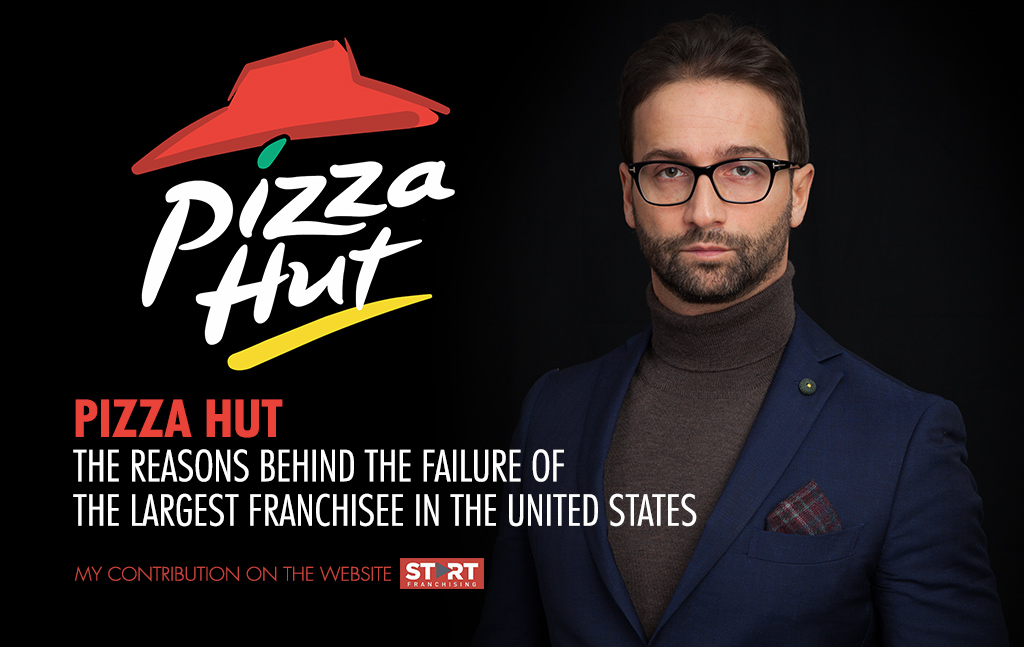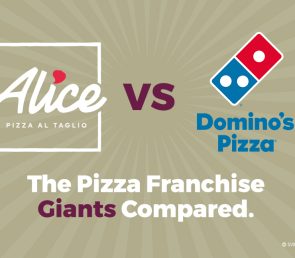
Pizza Hut: Reasons Behind the Failure of the Largest Franchisee in the United States
Pizza Hut: Reasons Behind the Failure of the Largest Franchisee in the United States “Italian newspapers report Pizza Hut closing its doors.”
Beyond the sensational headlines, which, as in this case, don’t correspond to the truth, it’s undeniable that the famous restaurant chain hasn’t been doing so well, especially in recent years.
What really happened during these heated days?
The news is that NPC International, the company that controls over 1,200 franchised outlets of the pizza giant, has filed for bankruptcy protection, under the American bankruptcy law, the famous Chapter 11.
NPC International holds the largest number of outlets in the USA, and it’s evident that its downfall could have a direct impact on the other approximately 17,000 outlets in 100 countries of the American franchising chain.
The poor health of NPC International, burdened by a monstrous debt of $900 million, risks negatively changing the lives of over 40,000 employees of the company, which, in addition to Pizza Hut, also owns 385 Wendy’s outlets, another famous fast-food chain.
But what are the reasons behind NPC International’s failure?
I analyze them in this article, drawing from official sources and the voices of the protagonists.
Pizza Hut, a Crisis Long in the Making
“The biggest problem Pizza Hut is facing is perception,” thundered Artie Starrs, the president of Pizza Hut U.S., during one of the conferences of Yum Brands, the Kentucky enterprise that owns, in addition to Pizza Hut, KFC, and Taco Bell. His speech dates back to December 2018 when Pizza Hut’s revenues were plummeting, disappointing investors’ expectations.
With “perception,” Starrs referred to one of the chain’s weak points. As reported in a CNBC article, he explained to those present that many of the chain’s consumers didn’t associate “Pizza Hut” with the word “delivery.” The problem, according to the president, was in the facades of many chain buildings:
“When you drive up to the buildings, it doesn’t seem like there’s any voice shouting, ‘We do deliveries here.'”
To become leaders in the delivery game, Starrs and his team certainly weren’t idle. In the following month, in early 2019, they rolled up their sleeves and transformed the layout of the premises, revolutionizing it, with the aim of growing home deliveries. Several months earlier, they had made a multimillion-dollar investment to partner with the National Football League.
However, entering the delivery scene with such force did not close the gap that had emerged with other chains that later became “giants” in the sector. An article in the Financial Times highlights how the brand lost out in competition with some delivery rivals who were better at navigating the digital waters (such as Domino’s, DoorDash, GrubHub), which year after year, stole market share.
Fierce Competition and the Pandemic’s Final Blow
NPC not only paid the price for the brand’s failure to position itself in the delivery field. Other factors led the group into debt until bankruptcy. Such as the increasing competition in the American pizza market, which raised minimum wages in some states more than others, along with an increase in meat prices.
A situation already complex was then hit by the “Coronavirus hurricane,” leading to expenses of $750,000 per month to secure the premises.
The combination of these factors – aggressive competition, a delay in diving into the delivery world, price increases, and finally the Coronavirus emergency – explains NPC’s failure. In the statement announcing the activation of Chapter 11, the company assures that an agreement has already been reached with 90% of the first-level creditors and 17% of the second-level creditors.
The group’s goal now is to restructure its debt to “align with the performance of Pizza Hut US, which in the last month has achieved a promising result for the future of the chain, with the peak of home deliveries, the highest in the last eight years.”





